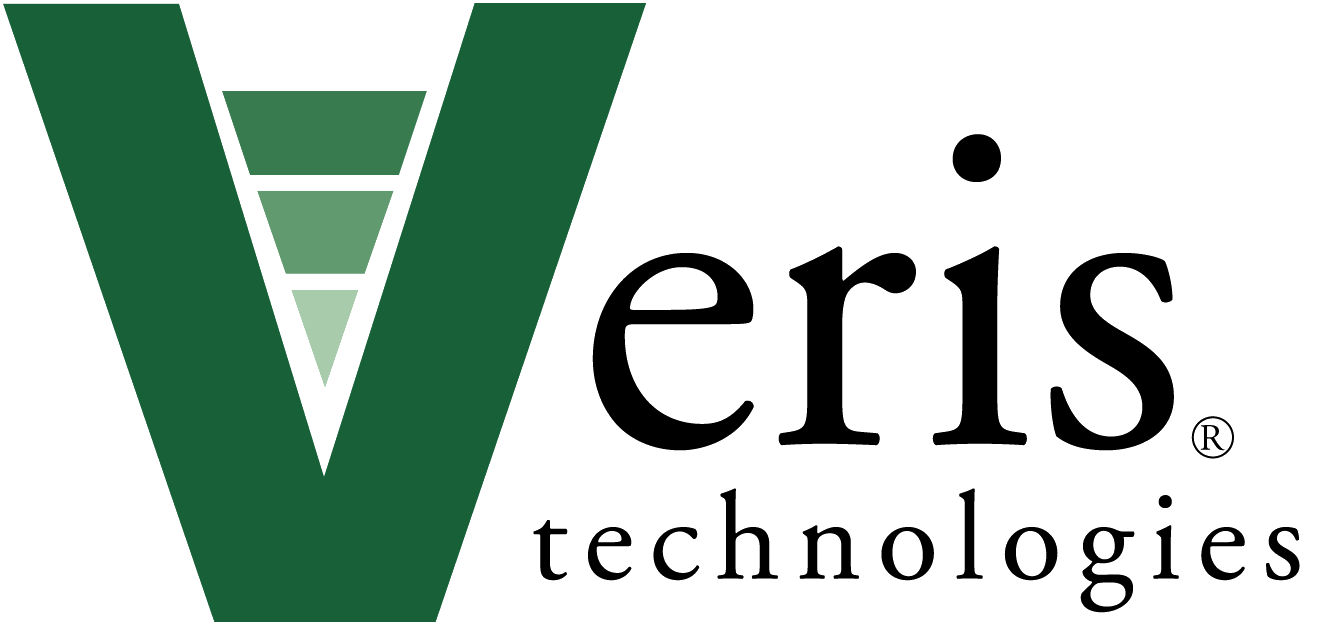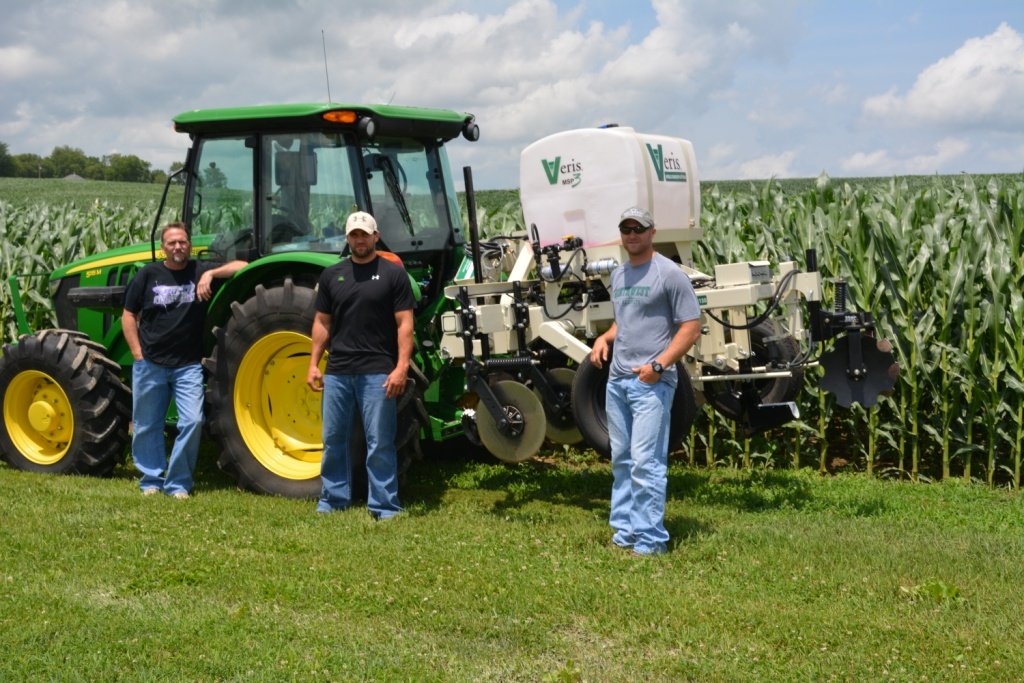Precision Ag in the Loess Hills MO River Bottom
When Dylan Rosier was playing linebacker for the NW Missouri State Bearcats, his objective was straight-forward: tackle the opposition. Soon after starting his precision ag business he found that developing variable seeding prescriptions was not as clear-cut. “Growers around here wanted to push corn populations higher on their better soils, but determining where to increase and where to cut back is a huge challenge,” says Dylan. “Many have some yield data but rarely is it good enough to use. And USDA soil surveys (SSURGO) are definitely not accurate enough either.” In 2013 Dylan and his brother Cole formed RB Ag (for Rosier Brothers) and purchased a Veris MSP3. Veris soil maps made on their own farm and for customers have been impressive. As Dylan puts it, “Veris soil sensor data really pins down where the soil changes.” One of their initial soil maps was for a grower who had farmed the field for many years and was aware that this field had significant soil variability. “He knew the differences were there but couldn’t quite put his finger on it. When he saw the Veris soil map he was very impressed—the map confirmed what he suspected and showed exactly where the soil variances were occurring.”
Dylan’s dad, Kirby Rosier has been selling Pioneer seed for over 20 years. Developing site-specific seed prescriptions is a natural fit for the Rosiers. The majority of their corn seed customers already rely on them for product placement and rate decisions. RB Ag was a beta-tester of the new Veris FieldFusion program. One of the initial fields had two major areas of high soil EC. Fusing the EC and Organic Matter (OM) layers together differentiated a high OM clay area from shallow soil over clay subsoil. “This looks promising,” reports Dylan. “It should give us an even better starting point for accurate prescriptions.” While exact benefits from variable rate seeding (VRS) aren’t yet known, growers in this area are expecting 5-10 bushels per acres increases. “Some of that will come by pushing rates on the better soils and some due to increased standability by reducing rates in the thin soils.
As a member of the 2009 Bearcats NCAA Div II National Championship team, Dylan is used to setting goals and achieving them. RB Ag is already achieving an important goal: helping their customers get the best soil maps for VRS.
Originally published July 24, 2014.

